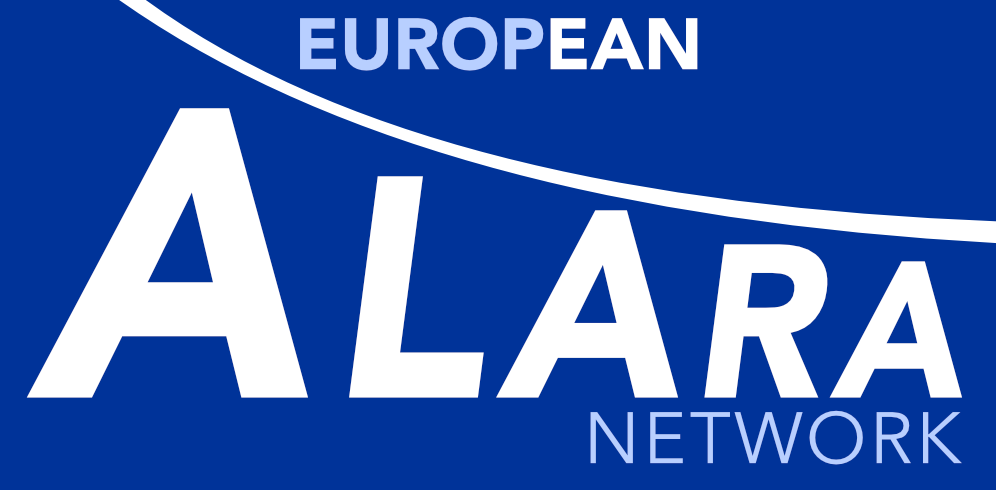EAN - European ALARA Network

http://www.eu-alara.net/
In 1996 the European Commission created a European ALARA Network (EAN), to further specific European research on topics dealing with optimization of all types of occupational exposure, as well as to facilitate the dissemination of good ALARA practices within all sectors of the European industry and research. CEPN (Centre d'étude sur l'Evaluation de la Protection dans le domaine Nucléaire, France) took on the role of the Network Coordinator with NRPB (National Radiological Protection Board, UK) providing support. The key outputs were to be twice yearly Newsletters and an annual themed Workshop that was to provide recommendations to the EC and other stakeholders involved in radiation protection.
In June 2005, after these 9 years spent within the scope of the research programs from the European Commission, the EAN Steering Group unanimously adopted a Cooperation Charter, the Terms and Conditions of the EAN, for defining the new goals and means for the next decade. The Steering Group also decided to set up a legal entity for managing the network coordination and financing in a self sustainable way. This legal entity was set up for an initial period of 5 years in July 2005 as a not for profit association called “Réseau ALARA Européen – European ALARA Network, EAN” registered under the French law.
In 2010, the EAN Steering Group decided to extend the duration of the EAN association for another period of 5 years. In parallel, it was also decided to renew the Statutes and the Terms and Conditions of EAN to take into account feedback experiences of the network's operation. Finally, the EAN Steering Group also agreed on a Strategic Plan for 2010-2015, which described the expected work of EAN during this period taking into account the future challenges of the practical implementation of ALARA.
The objectives the EAN are:
In 1996 the European Commission created a European ALARA Network (EAN), to further specific European research on topics dealing with optimization of all types of occupational exposure, as well as to facilitate the dissemination of good ALARA practices within all sectors of the European industry and research. CEPN (Centre d'étude sur l'Evaluation de la Protection dans le domaine Nucléaire, France) took on the role of the Network Coordinator with NRPB (National Radiological Protection Board, UK) providing support. The key outputs were to be twice yearly Newsletters and an annual themed Workshop that was to provide recommendations to the EC and other stakeholders involved in radiation protection.
In June 2005, after these 9 years spent within the scope of the research programs from the European Commission, the EAN Steering Group unanimously adopted a Cooperation Charter, the Terms and Conditions of the EAN, for defining the new goals and means for the next decade. The Steering Group also decided to set up a legal entity for managing the network coordination and financing in a self sustainable way. This legal entity was set up for an initial period of 5 years in July 2005 as a not for profit association called “Réseau ALARA Européen – European ALARA Network, EAN” registered under the French law.
In 2010, the EAN Steering Group decided to extend the duration of the EAN association for another period of 5 years. In parallel, it was also decided to renew the Statutes and the Terms and Conditions of EAN to take into account feedback experiences of the network's operation. Finally, the EAN Steering Group also agreed on a Strategic Plan for 2010-2015, which described the expected work of EAN during this period taking into account the future challenges of the practical implementation of ALARA.
The objectives the EAN are:
- promote a wider and more uniform implementation of the ALARA principle for the management of worker, public and patient exposures in all situations,
- provide a focus and a mechanism for the exchange and dissemination of information from practical ALARA experiences,
- identify and investigate topical issues of common interest to further improve the implementation of ALARA.